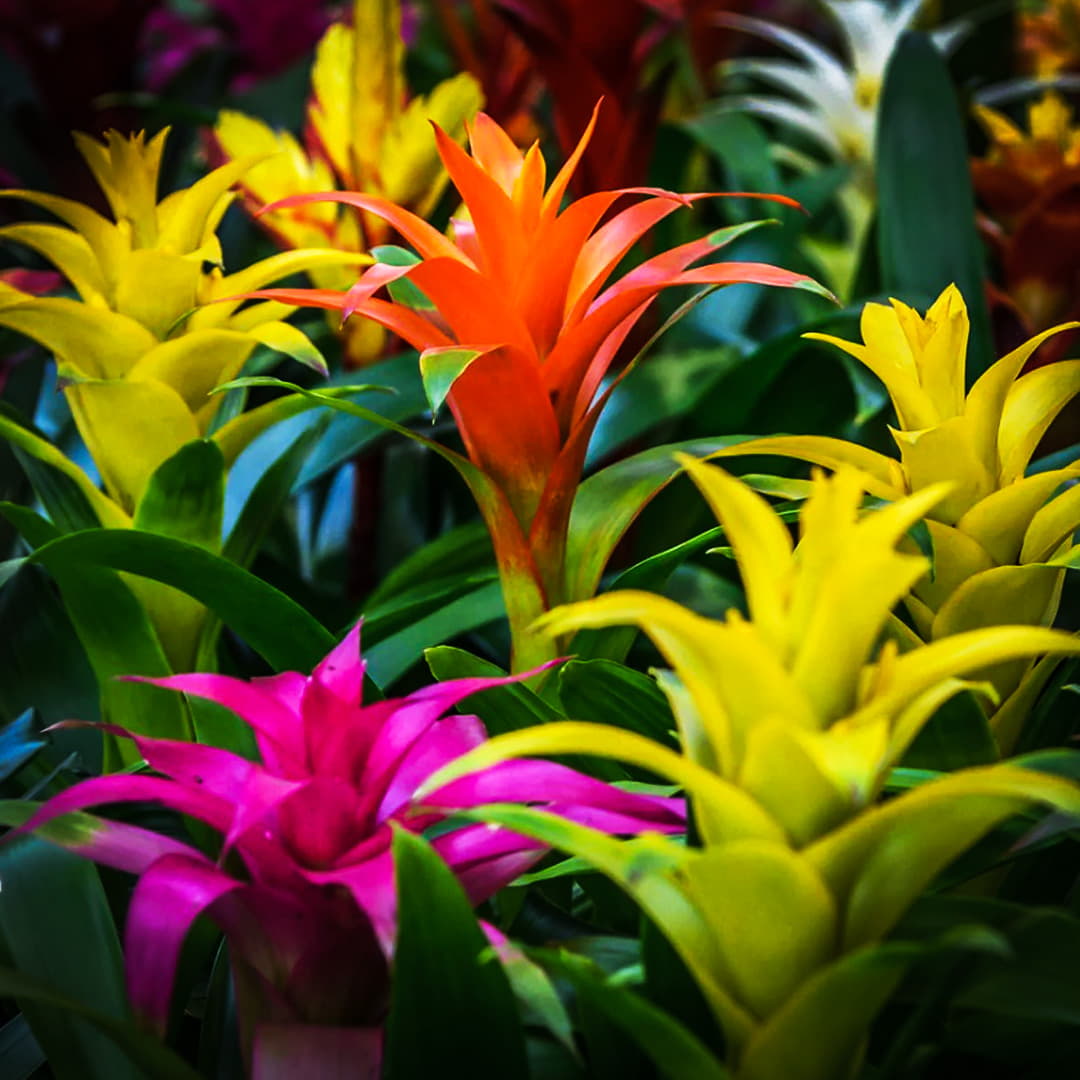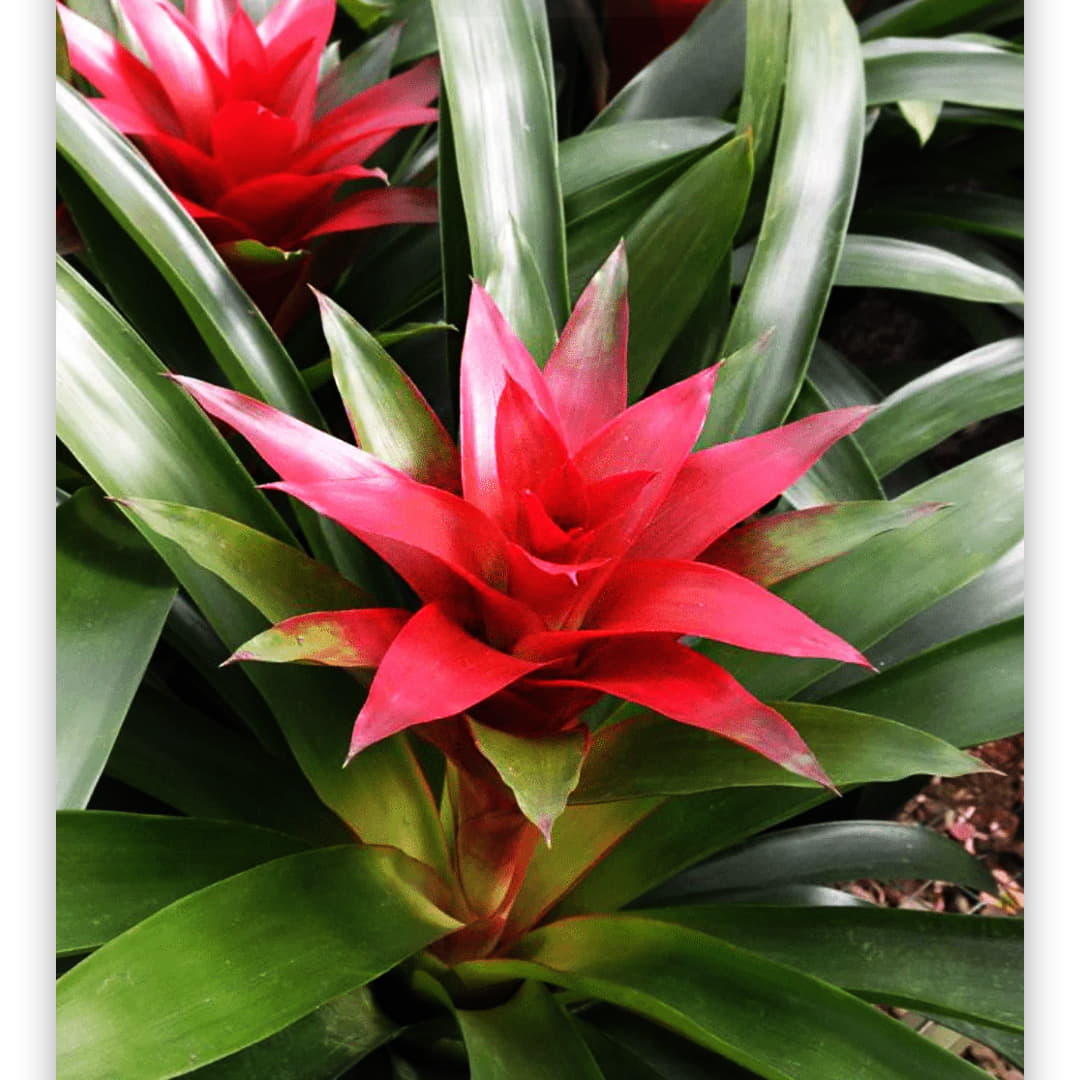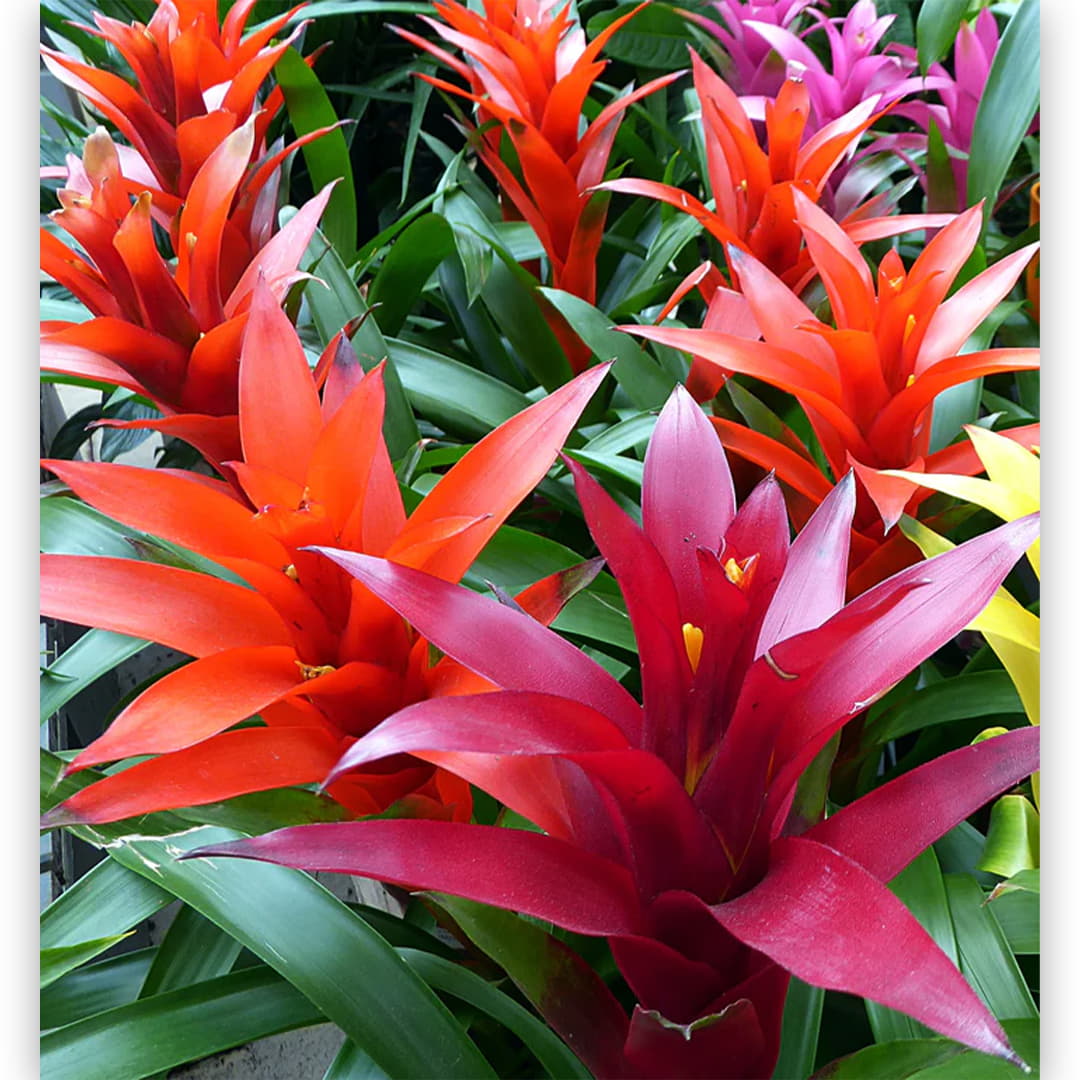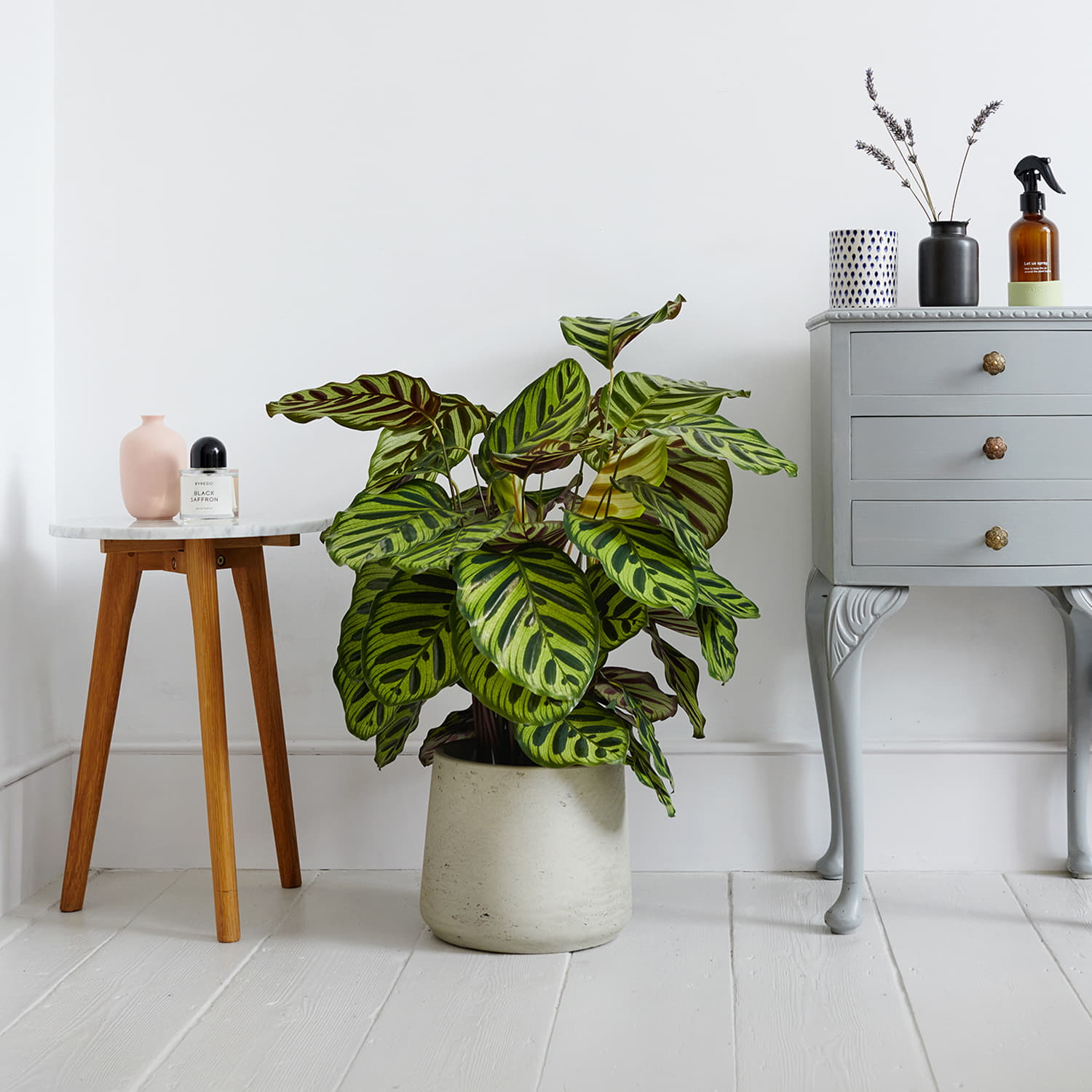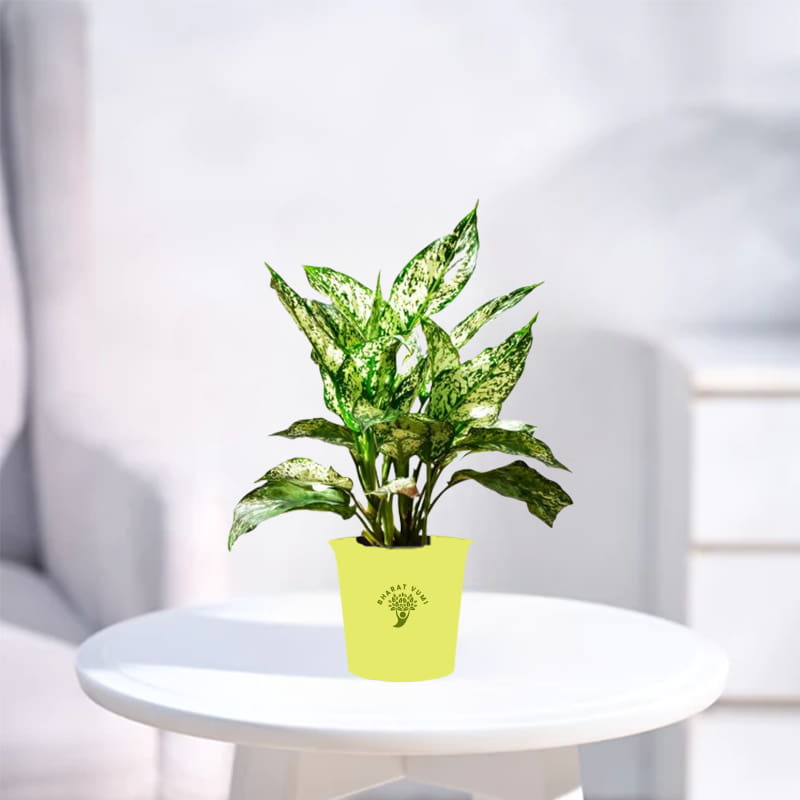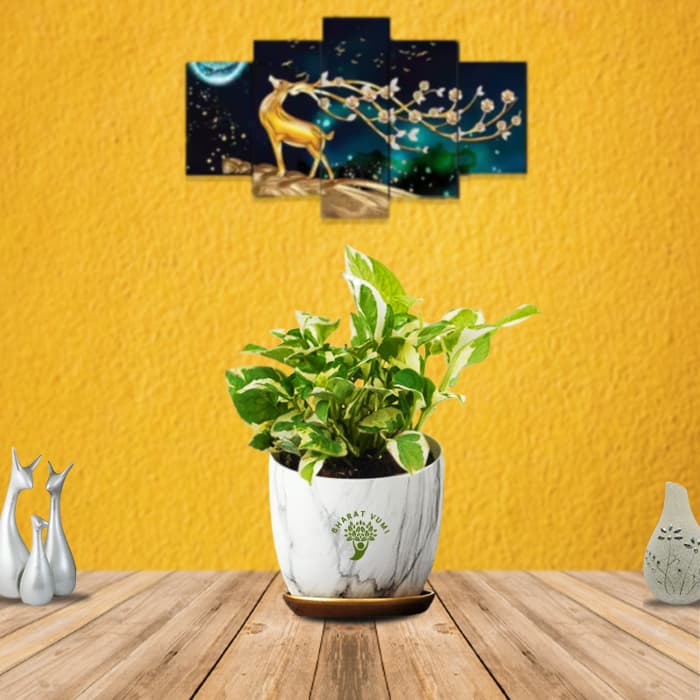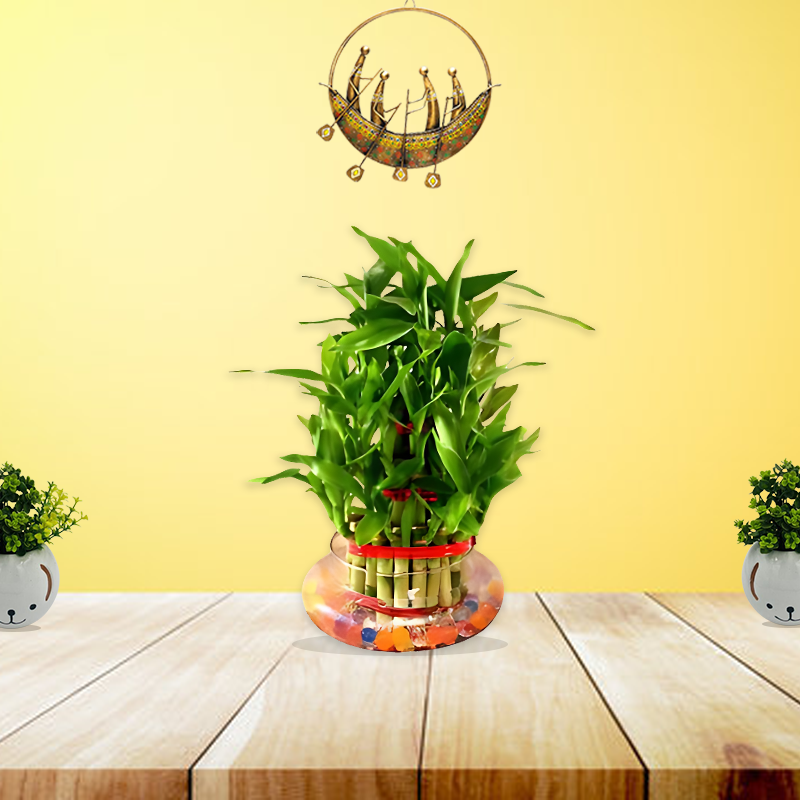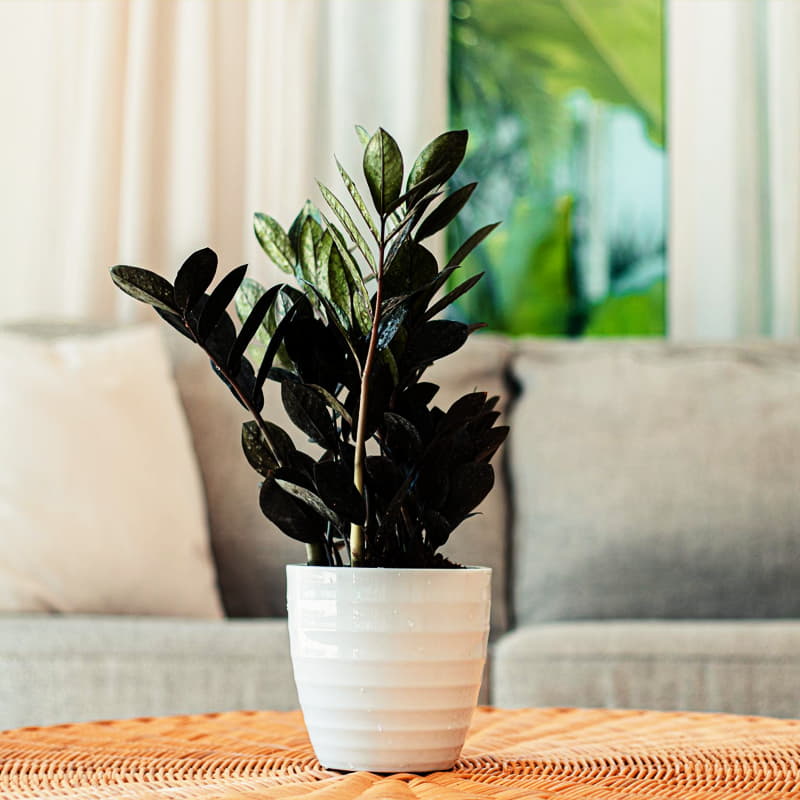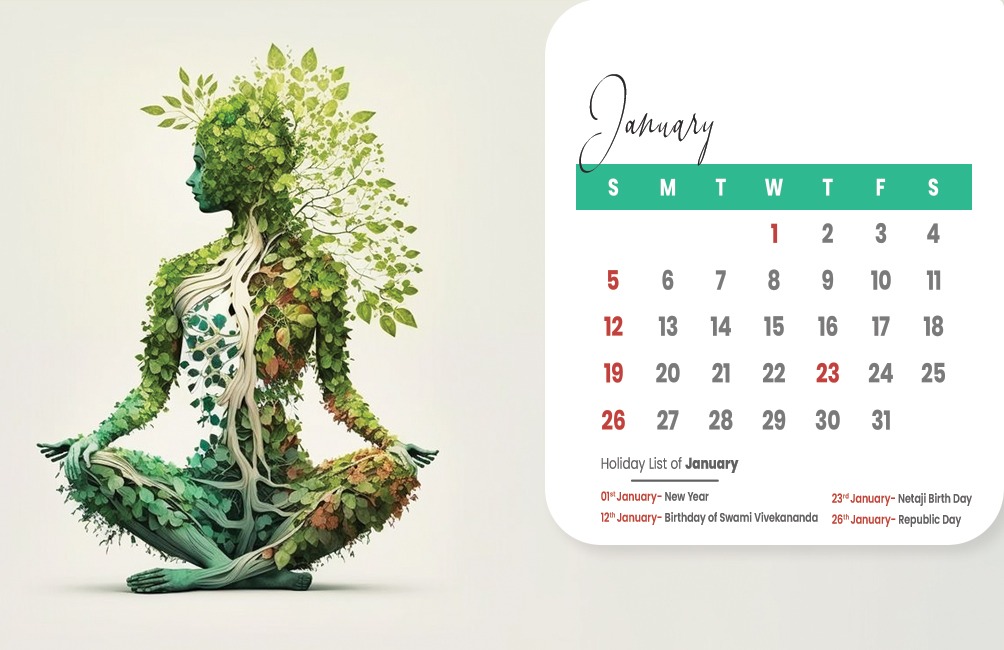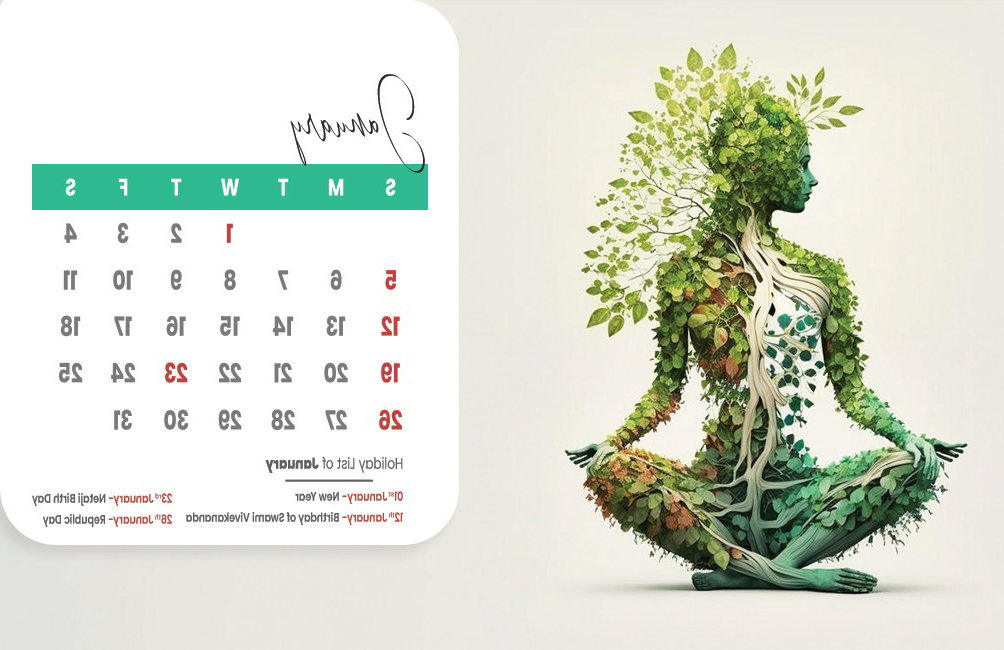Image(s) are for reference. Actual product might vary in some aspects like shape, size etc, from the one given in the image(s). However, we ensure what you get is close to the image(s) and of high quality. Our target is to deliver a healthy and well built plant. So relax after ordering and wait for an excellent delivery from Bharat Vumi that will bring smile on your face.
Package- A healthy Bromeliad Plant (Without pot)
Plant Description:
Common Name- Bromeliads/ Blushing bromeliad
Scientific Name-Neoregilia carolinae
Origin- North and South America
Family- Bromeliaceae
Bromeliads are tropical plants known for their vibrant, unique rosette shaped foliage. With a wide range of colours and patterns the plants brings exotic beauty to indoor and outdoor spaces. Bromeliads are popular choice for adding a touch of tropical elegance to any plant collection.
Benefits/Uses- Used as a decorative plant.
Growing Conditions-
1. Soil-
2. Watering- These plants can be watered by filling the central cup, known as the "vase" or "tank," with water. Ensure the cup is kept partially filled at all times and replace the water every 1-2 weeks. Avoid overwatering the soil, it should be kept lightly moist, not soggy or waterlogged.
3. Temperature-
4. Humidity-
5. Light requirements-
6. Fertilization- Bromeliads do not require much fertilizer. They can be fertilized with a diluted, water-soluble fertilizer formulated for epiphytic plants. Apply the fertilizer to the soil or mist it onto the leaves, Fertilize during the growing season (spring and summer) and reduce frequency or stop feeding in winter.
7. Flowering-
8. Important Diseases-
9. Important Pests-
10. Pruning-
11. Propagation- The plants can be propagated through "offsets" or "pups" that grow from the base of the mother plant. These can be separated once they have developed roots and planted in well-drained soil.
| Type |
Herbaceous Perennials |
|---|---|
| Benefits |
Used as decorative plant. It helps to clean the air. It is used in medicinal purposes. |
| Planting time |
Late spring or early summer |
| Soil |
A mix containing bark, sphagnum moss or orchid potting mix works well. |
| Watering |
Once in every 1-2 weeks |
| Temperature |
18°C-28°C |
| Humidity |
Higher humidity level, about 50%-60% |
| Light Requirements |
Direct and bright indirect light |
| Fertilization |
Balanced, diluted water soluble fertilizer in every 1-2 month |
| Flowering |
Blooms throughout the year. |
| Important Diseases |
Root Rot |
| Important Pests |
Mealy bug, Scales |
| Pruning |
Pruning is done to remove old flower spikes and brown or old leaves |
| Dormancy Period |
Winter |
| Propagation |
Propagated through Offsets or pups |

